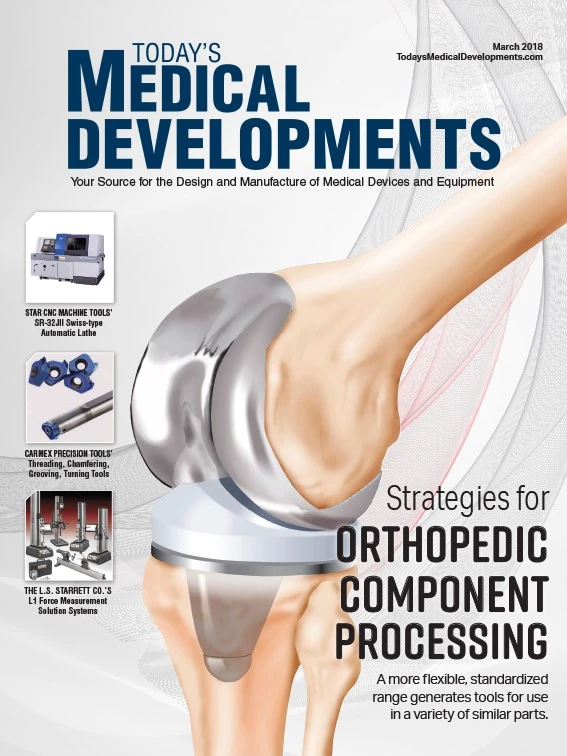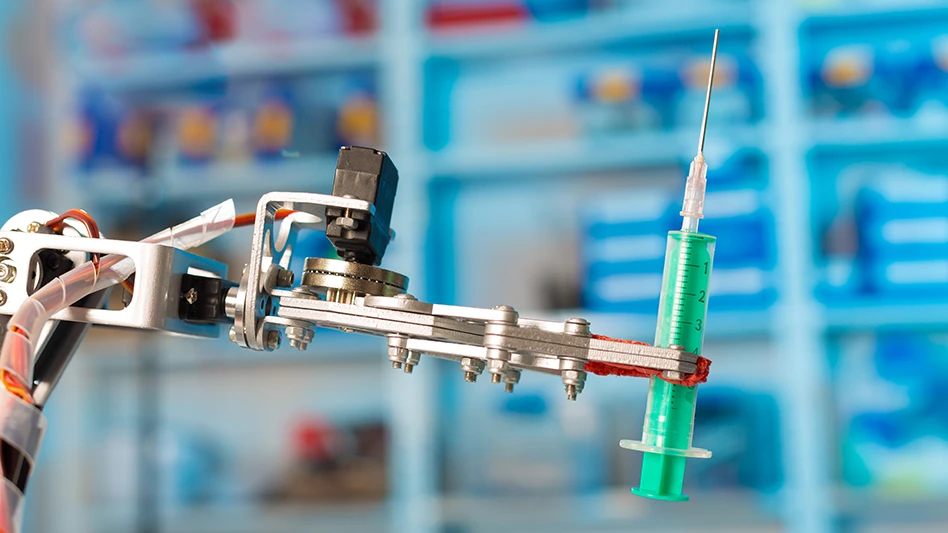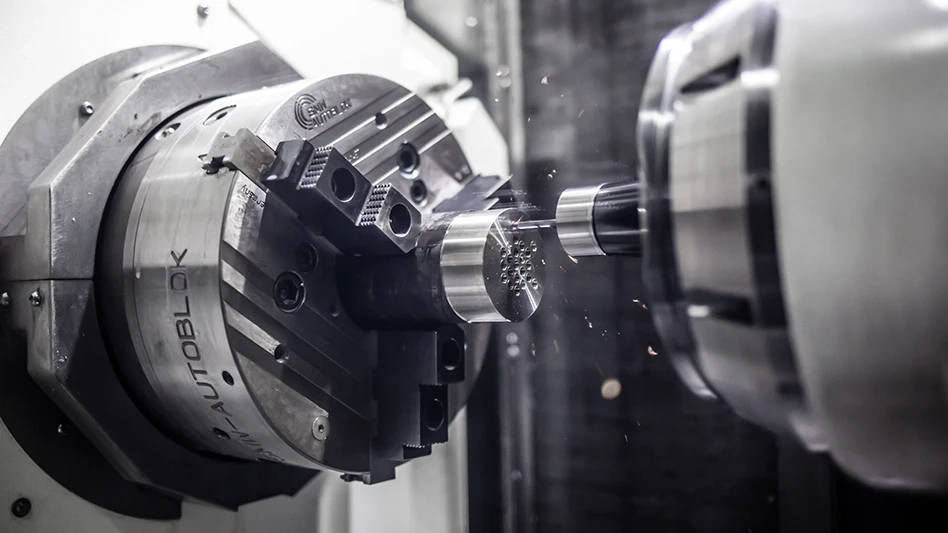
Vertical lift is required in a range of medical equipment where accessibility and comfort can improve care and patient outcomes; wheelchair lifts, examination tables, dentist’s chairs, adjustable nurses’ stations, and optician instruments such as non-contact tonometers. Thomson lifting columns come in a range of models with features to match application needs for speed, range of movement, or capacity loading. Available solutions can help improve equipment performance, cost, and design, benefitting users and patients. Following are features and options to consider when looking for the right vertical lift.
Extension-to-retraction ratio; load capacity
The LC Series offers speed and performance for wheelchairs, examination tables, and ergonomic workstations. The series provides up to 2,000N loading and can operate between 15mm/s and 19mm/s. Custom-designed units can be manufactured for higher speeds up to 25mm/s. For example, the LC2000 can improve machine performance by providing high load capacity, long stroke length, and speed. The column’s telescopic lead screw with nesting, three-piece extrusion gives a small retracted length and large extension-to-retraction ratio.
The LC3000 is designed for bariatric, chiropractic, and other applications where high load capacity is important. Using a ballscrew with a three-piece extrusion, with additional extrusion overlap allows for extended-length bushings. This design provides up to 3,000N load capacity with high moment loading in a compact frame.
Quiet, powerful
All components within the lifting columns are designed for low, consistent noise and smooth operation for a pleasant working environment and to keep patients relaxed. Units use high-performance linear actuators with a noise-deafeating cover, so no other noise attenuation to the equipment is needed. Each column uses a single motor and screw for smooth operation and patient comfort, while also allowing lower amp draw and longer life.
Best for ergonomics
Telescopic lifting columns maximize the extension-to-retraction ratio, giving flexibility in range of movement to improve ergonomics for the operator, patient, and doctor. Powered wheelchairs built with these lifting columns feature a minimal retracted height, making it easier for patients to get into the chair. Their high extension lets users reach high objects. Examination tables or dentistry chairs can be adjusted for easy patient access, and then quickly and smoothly moved to optimum height for user comfort.
Bearing the load
Lifting columns are stand-alone actuators that provide lifting force while also handling potential moment loads up to 400Nm. The design across the range uses engineered polymer slide bushings to provide column moment loading capability. These bushings slide along the extrusion as the column telescopes and are keyed to enable up to 40% more moment load than alternate designs. A loading brake ensures the load is held even during power failure for user safety.
In applications where there is too much side load for a single column, two or four units may be synchronized using a combination of Thomson encoder and DCG control or a suitable third-party controller. This offers stability and more load and moment-load capacity, while still facilitating installation and system integration.

Reducing overall costs
The columns’ exterior is an aluminum extrusion designed to be visible, so no additional covers or shrouds are needed. This simplifies the machine design and reduces manufacturing costs. Pre-drilled mounting holes and end-of-stroke limits, require no external limit switches.
The fully enclosed columns use high-viscosity grease to prolong life with up to 10,000 cycles at full load.
Application and budget
Three models of Thomson lifting columns offer features to balance extension-to-retraction ratio, load capacity, speed, and cost for the application. All columns have quiet, smooth operation; install easily; are maintenance free; and self-supporting. For applications such as baby incubators, optician testing machines, and mobile carts where the extension-to-retraction ratio is not as critical, the LC1600 uses a two-piece extrusion to provide stroke lengths of up to 400mm with a loading capacity of up to 1,600N and quiet operation.
Summary
Lifting columns are designed to give the flexibility in height required to avoid back injuries as well as meet high load and extension requirements. All units come as a complete system with attractive housing, making installation and machine design easier. In addition, the columns provide rapid movement for the loads they can lift without compromising productivity. Their design allows a single, central column to handle significant moment loads or, if required, multiple columns to be synchronized into overall machine design.
Specifying the proper lifting columns ensures that machine builders can get the features they need for their application in a cost-effective, easy to install solution, delivering better overall equipment performance and user experience.
Thomson Industries Inc.
www.thomsonlinear.com

Explore the March 2018 Issue
Check out more from this issue and find your next story to read.
Latest from Today's Medical Developments
- Minalex celebrates 60 years of excellence in miniature aluminum extrusions
- Tormach’s Chip Conveyor Kit for the 1500MX CNC Mill
- #39 - Lunch & Learn Podcast with EMUGE-FRANKEN USA and Okuma America
- Significant expansion for Intricon
- REGO-FIX’s powRgrip toolholding system
- Birk Manufacturing achieves ISO 13485 recertification
- AdvaMed’s Medical Innovation Agenda for the 119th Congress
- SW North America's BA 322i twin-spindle CNC





